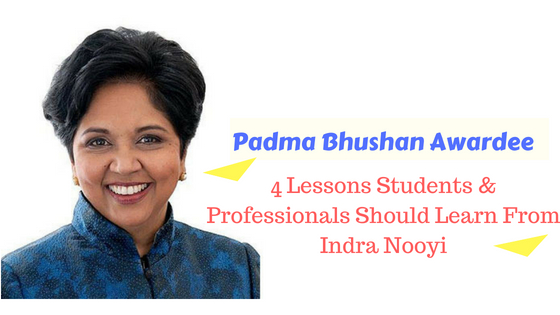Three ways on How to Stimulate Curiosity
Curiosity is the engine of intellectual achievement —
it’s what drives us to keep learning, keep trying, and keep pushing
forward. But how does one generate curiosity, in oneself or others?
George Loewenstein, a professor of economics and psychology at Carnegie
Mellon University, proposed an answer in the classic 1994 paper, “The
Psychology of Curiosity.”
Curiosity arises, Loewenstein wrote, “When attention becomes focused
on a gap in one’s knowledge. Such information gaps produce the feeling
of deprivation labeled curiosity. The curious individual is motivated to
obtain the missing information to reduce or eliminate the feeling of
deprivation.” Loewenstein’s theory helps explain why curiosity is such a
potent motivator: it’s not only a mental state but also an emotion, a
powerful feeling that impels us forward until we find the information
that will fill in the gap in our knowledge.
Here,
1. Start with the question. Cognitive scientist Daniel
Willingham notes that teachers — along with parents, managers, and
leaders of all kinds — are often “so eager to get to the answer that we
do not devote sufficient time to developing the question,” Willingham
writes in his book, Why Don’t Students Like School?
Yet
it’s the question that stimulates curiosity; being told an answer
quells curiosity before it can even get going. Instead of starting with
the answer, begin by posing for yourself and others a genuinely
interesting question — one that opens an information gap.
2. Prime the pump. In his 1994 paper, George Loewenstein noted
that curiosity requires some initial knowledge. We’re not curious about
something we know absolutely nothing about. But as soon as we know even
a little bit, our curiosity is piqued and we want to learn more. In
fact, research shows that curiosity increases with knowledge: the more
we know, the more we want to know. To get this process started,
Loewenstein suggests, “Prime the pump” with some intriguing but
incomplete information.
3. Bring in communication. Language teachers have long put
a similar idea to use in exercises that open an information gap and then
require learners to communicate with each other in order to fill it.
For example, one student might be given a series of pictures
illustrating the beginning of the story, while the student’s partner is
given a series of pictures showing how that same story ends. Only by
speaking with each other (in the foreign language they are learning, of
course) can the students fill in each others’ information gaps?
This technique can be adapted to all kinds of settings: for example,
colleagues from different departments could be asked to complete a task
together, one that requires the identification of information gaps that
the coworkers, with their different areas of expertise, must fill in for
each other. Communication solves the problem — and leaves the
participants curious to know more. Source: Time
To Know More Please Visit Us… Careerfutura.com





Comments
Post a Comment